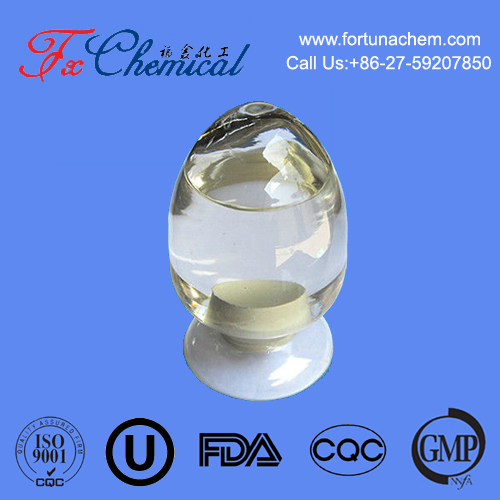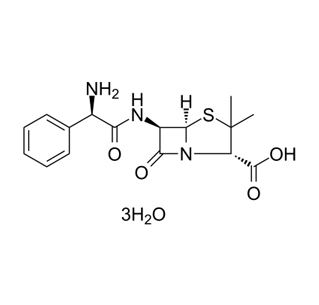
Search

Search

In recent years, the damage caused by mites to orchards, vegetable gardens, and other economic crops has become increasingly widespread and rampant. Many farmers cannot distinguish between pest damage and mite damage or miss the effective prevention and control period, making it difficult to control crop mite damage. Therefore, it is necessary to popularize the basic knowledge of acaricide among farmers.
There are two types of acaricides used in agricultural production to prevent and control mites. One is specialized acaricides, which specifically kill mites without killing insects, or pesticides that mainly kill mites; the other is broad-spectrum acaricides, which are pesticides that mainly prevent pests or fungi but also have miticidal activity. Pesticides such as cyhalothrin, sulfur suspension, lime sulfur mixture, and oil emulsion are examples of broad-spectrum acaricides. (You may want to contact acaricides raw material supplier)
A group of organochlorine acaricides appeared after World War II, but because their use over time caused a significant increase in resistance of pests to the pesticides. Currently, acaricides are rapidly developing, with a variety of types and increased miticidal activity. Some acaricides have also emerged that are safe for predatory mite (i.e., agricultural pest mite predators). Currently, the development of acaricides is aimed at killing mites and insects.
When preventing and controlling mites, we must understand the types of acaricides to select the appropriate acaricide. Currently, acaricides are classified into three categories:
Specialized acaricides are divided into chemical acaricide insecticide and biological acaricide insecticide. Most pesticides used in production are chemical acaricides, while there are only a few biological acaricides, such as Beauveria bassiana and Verticillium lecanii.
Specialized acaricides can be divided into six categories: organochlorine (e.g., trichloromethane and dicofol), organosulfur (e.g., sulfites, propargite, and fenpyroximate), organotin (e.g., tributyltin, triphenyltin, and butyltin), carbamate (e.g., methomyl and carbaryl), heterocyclic compounds (e.g., nicosulfuron, spiromesifen, and bromopropylate), and nitrobenzene (e.g., hexahydrohexamethylcyclopentadiene, tebufenpyrad, and tetradifon).
Specialized acaricides can be divided into two categories: one with a longer residual period, which can basically control damage by applying the pesticide once, such as Dicofol and Tebufenpyrad; and one with a shorter residual period, typically requiring 2-3 applications to effectively control the pests.
After understanding the types of acaricides, how can we use acaricide insecticide rationally?
Firstly, choose the best prevention and control period. Spray acaricide when the pests are in the early stages of population growth and quantity, such as in apple buds and pear bud enlargement periods when using the new acaricide Greenleaf, early growth of peach bud when controlling peach mite, and early occurrence of citrus red spider when controlling citrus pests.
Secondly, rotate the use of acaricide in the presence of adult, larval, and immature mites. Acaricides with high speed, efficacy, and broad-spectrum activity, such as 20% dicofol wettable powder, 41% diesel dicofol, and 73% propargite emulsion, can be selected for rotation. Acaricides with different mechanisms of action can be rotated or mixed, and dicofol and spiromesifen have no cross-resistance and can be rotated. Carbamate can be mixed or rotated with other acaricides due to its different mode of action.
You may also be interested in these products from Wuhan Fortuna chemical co., ltd:
N,N-Diethyl-m-toluamide CAS 134-62-3

Quick Links
Add:
E-mail:
 English
English  Español
Español  français
français  العربية
العربية 


